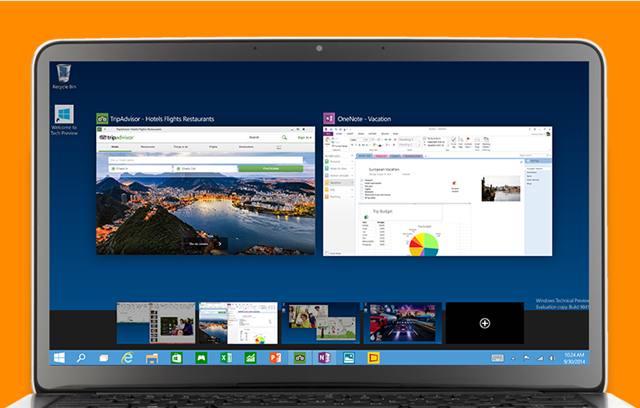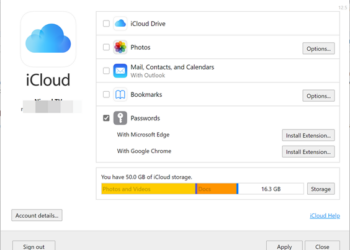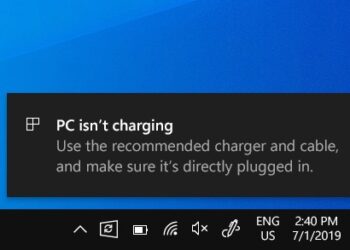Back in October 2014, Microsoft announced the next big version of Windows 10 and it was released to users in technical preview version. Although the technical preview is just a first version, it did come up with some new features. On January 21, the company will host a Windows 10 event at its Redmond headquarters that’s expected to focus on the consumer side of the operating system and also announce how Windows 10 for PCs and smartphones look like.
One of the main issues while testing or installing new OS is the compatibility with hardware. At the earlier event, Microsoft had mentioned that any PC running Windows 8.1 (or compatible with 8.1), will be able to run Windows 10. In case you are planning to install the latest build, you need to make sure your PC supports the installation.
Windows 8.1 had the same requirements as that Windows 7, so in case you are not familiar with it, here is the system requirement for Windows 10.
- Processor: 1 gigahertz (GHz) or faster with support for PAE, NX, and SSE2
- RAM: 1 gigabyte (GB) (32-bit) or 2 GB (64-bit)
- Hard disk space: 16 GB (32-bit) or 20 GB (64-bit)
- Graphics card: Microsoft DirectX 9 graphics device with WDDM driver
Going by the specs, almost every PC should be able to install Windows 10 as the requirements are pretty low. This would also mean that low end devices will also be able to install Windows 10 without any issues.
This would also mean, Windows 8.1 users will be able to directly upgrade to Windows 10 and we are yet to confirm if the technical preview users would get an update to Windows 10. We will have more information coming in from the Jan 21st event, so stay tuned.








